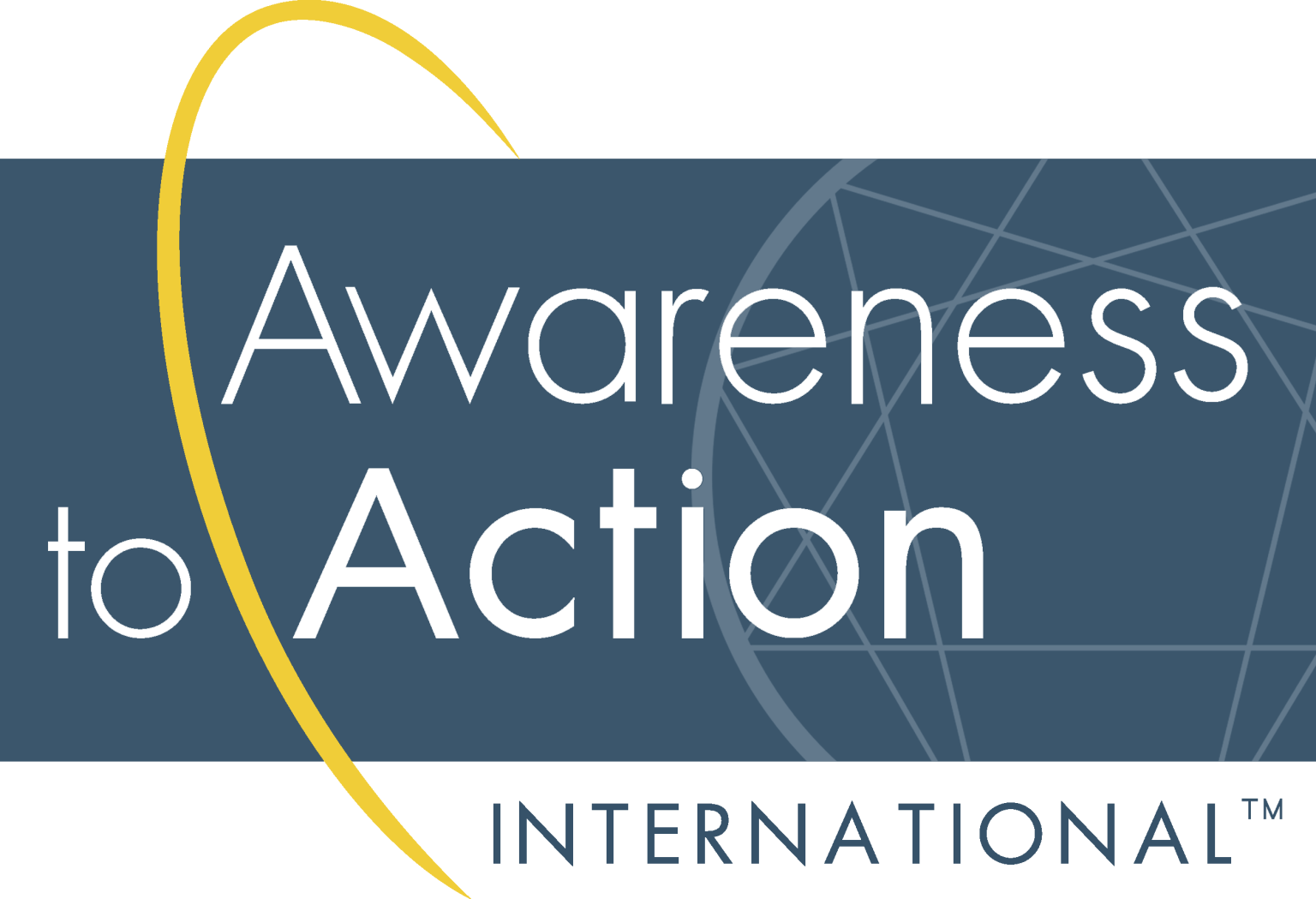By Mario Sikora
Part of an ongoing series of articles on clear-thinking skills, excerpted from “How to Think Well, and Why: The Awareness to Action Guide to Clear Thinking” by Mario Sikora (available at www.awarenesstoactionbooks.com).
The ATA Questionnaire
The ATA Questionnaire is a simple, broad set of questions to prime our thinking when evaluating an important decision. It is meant to help narrow down the focus of what other decision-making tools need to be implemented before taking a plan of action.
- What biases am I falling victim to?
- How is my personality shaping my assumptions?
- What cultural factors are at play?
- What information am I missing?
- What logical errors am I making?
Decision-Making Conceptual Tools
- Regression to the Mean—Over time, averages return to the mean; deviations tend to be anomalies and we should not over react to them.
- Pareto Principle—In general, 80% of our results come from 20% of our efforts, so it is good to find and emphasize that 20%.
- Gresham’s Law—Forged currency drives out legitimate currency; in most fields, low-quality product eventually drives out high-quality product.
- Tragedy of the Commons—If someone takes more than their share of communal resources, everyone else will do the same.
- The Network Effect—A system becomes more valuable as more nodes or elements are added to it. You are more effective if you are connected to more people who could provide value.
- Via negativa vs. via positive—Solving problems by subtraction of factors vs solving problems by addition of factors.
- Randomness—Life is more random than it appears and we must not infer patterns or signals where they don’t exist.
- Compounding—Efforts should add compounding (i.e., ongoing and increasing) value.
- Multiplying by Zero—If one piece of the chain is a zero, the sum will be zero. One incompetent person brings down the whole team.
- Laws of Small and Large Numbers—Large samples are more reliable than small samples.
- The Bell Curve—Most data sets contain lower numbers at the extremes and higher numbers nearer the mean.
- Bayesian Updating—We should change our assessment of the odds of something occurring as new information becomes available.
The After-Action Analysis
An After-Action Analysis is exactly what it sounds like: an analysis of an activity in an attempt to improve future performance of the same activity.
The process is very simple:
- Without judgement, evaluate a recent activity by answering the following questions:
- What went well? Did we do anything that can serve as a repeatable best practice?
- What did not go well? How can we ensure that we don’t repeat it?
- What can we do better next time?
The Pre-Mortem Exercise
The opposite of the after-action analysis, this is a tool to help identify potential pitfalls and obstacles in advance of an initiative.
- Think of one important goal you have for the next year.
- Look at it and visualize yourself having failed to achieve it at the end of the year.
- List all the possible reasons for that failure.
- Break your list into four categories: 1. Things I did, 2. Things I didn’t do, 3. Things others did, and 4. Things others didn’t do.
- Plan to mitigate possible sources of failure.
The OODA Loop
Developed by Air Force Colonel and military strategist John Boyd, the OODA loop is a way of testing action to ensure constant improvement. “OODA” stands for observe, orient, decide, and act. While it requires a great deal of rigor to apply, the steps are simple:
- Observe: Gather and organize all relevant information.
- Orient: Filter the information through relevant mental models, such as the many models in this guidebook.
- Decide: Create an actionable hypothesis.
- Act: Test the hypothesis through trial.
- Repeat as necessary by observing results of the trial.






